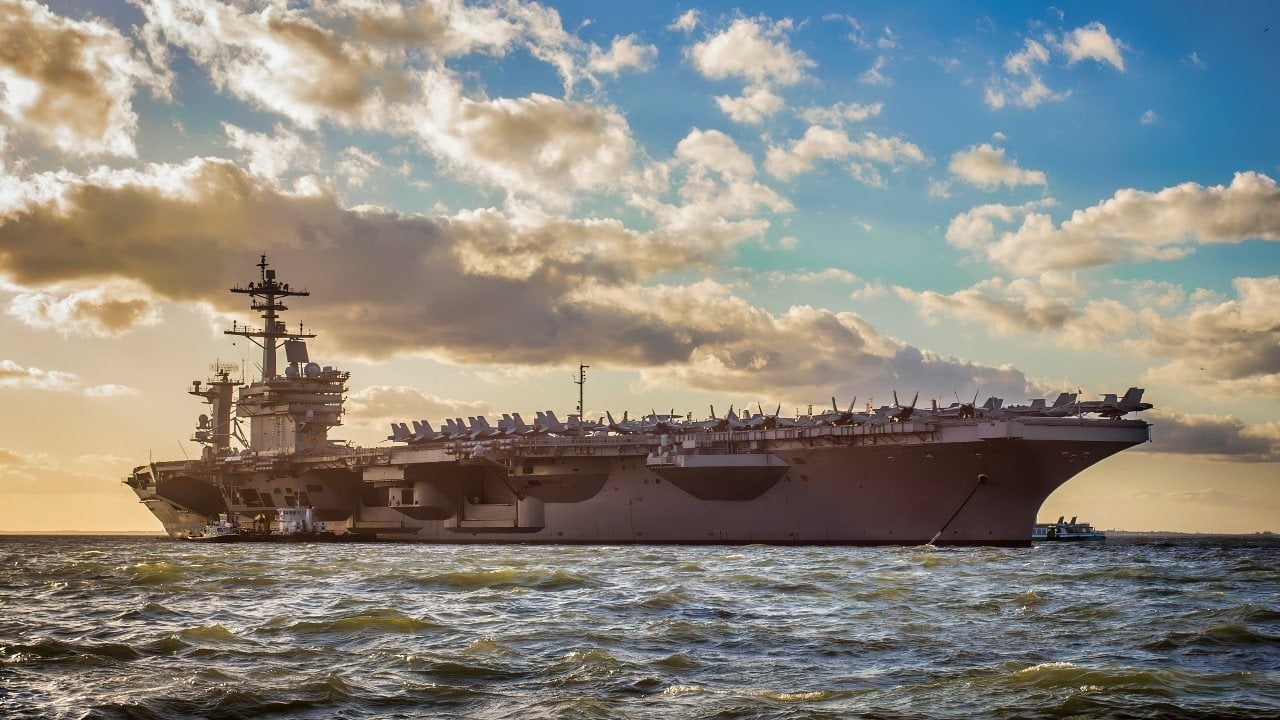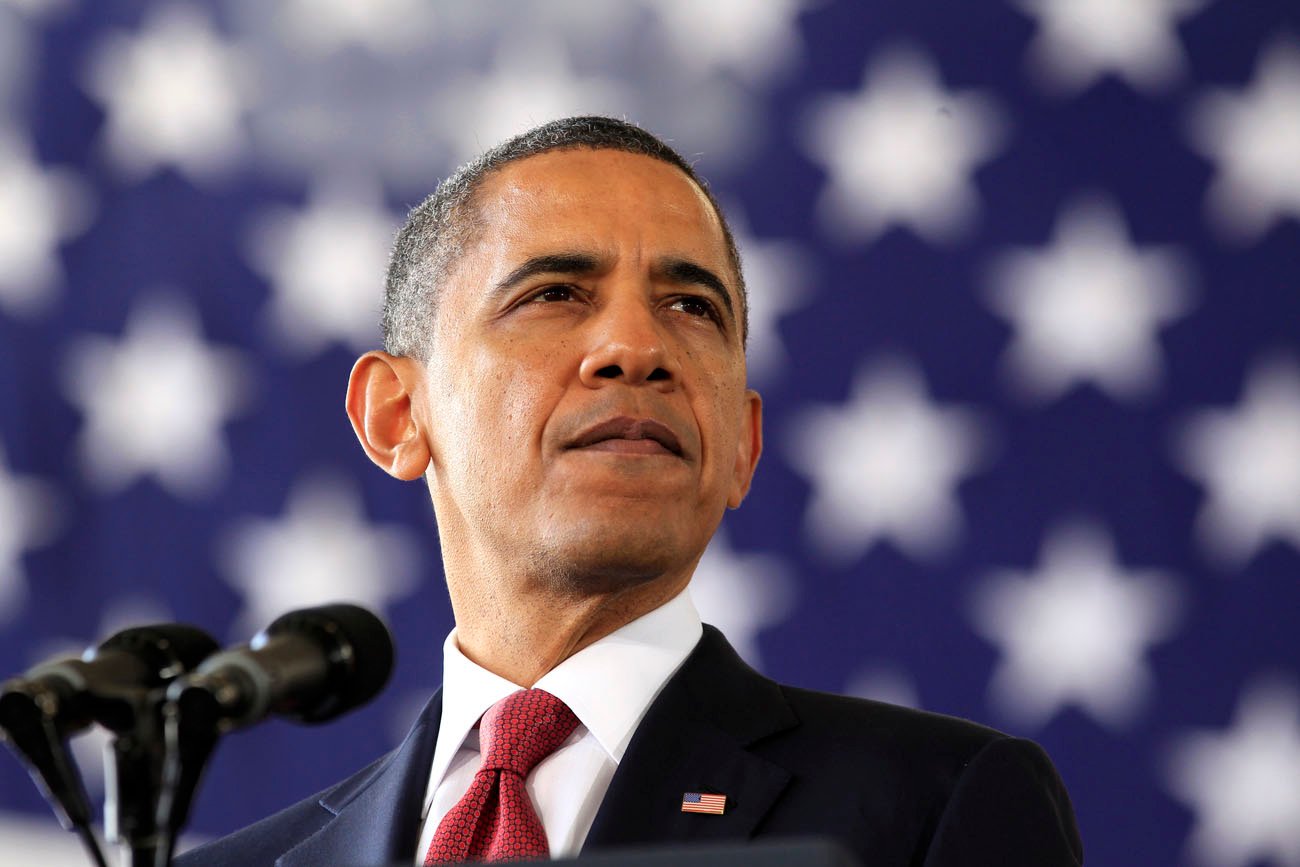How China Is Slowly 'Conquering' the South China Sea
China's construction of manmade islands in the South China Sea has significantly bolstered its strategic position, posing a substantial challenge to U.S. influence in the region.
Summary: China's construction of manmade islands in the South China Sea has significantly bolstered its strategic position, posing a substantial challenge to U.S. influence in the region.

Key Points: How China Is Slowly Dominating the South China Sea
-These artificial islands, built along key trade routes, are now fortified with missile batteries as part of China's anti-access/area denial (A2/AD) strategy, aimed at keeping U.S. military forces at bay.
-Despite initial diplomatic attempts by the Obama administration to address the issue, China's hold on the region has strengthened, complicating U.S. defense strategies in the event of a conflict.
China’s Massive Strategic Advantage in the South China Sea
Throughout Barack Obama’s first year in office, his administration’s foreign policy in the Indo-Pacific was plagued by the construction of manmade islands placed throughout the South China Sea by the People’s Republic of China.
These artificial islands were built along key trade routes in the region and were an example of how Beijing was expanding its power base from beyond the Eurasian landmass into the maritime regions beyond.
The move was part of China’s “Cow’s Tongue” approach to the South China Sea.
Essentially, the Chinese government refused to recognize the legitimate, legal territorial demarcations separating ownership of the South China Seabed among the various claimants around the South China Sea – countries like Vietnam, Taiwan, and the Philippines.
The Cow’s Tongue
According to Chinese legal theorists and strategists, because China was illegally colonized by Western powers centuries ago, the South China Sea belonged exclusively to China, because before colonization, the South China Sea had belonged to the Chinese Empire.
Of course, the rest of the world does not view it that way. But to shore up their claims on the region, the Chinese government decided to physically move into the region with its manmade islands. Construction of these islands could have and should have been stopped. They were a provocation by China’s government meant to test the resolve of the new American leadership.
The Obama administration chose to look the other way in hopes they could coax a diplomatic agreement between Washington and Beijing.
That dream died early in the Obama years. The man who convinced Obama to ignore the island building project in the South China Sea, Kurt Campbell, admitted to reporters many years later that it was his greatest regret from his government service during the Obama administration.

Campbell ultimately returned to government service in the Biden administration and told colleagues that his goal was to repair the damage from that fateful decision.
Sadly, it may be too little, too late.
Over the years, China has hardened its position in the South China Sea, turning those manmade islands into giant missile batteries that are part of the country’s overall anti-access/area denial (A2/AD) strategy. This is the program that China’s military has embraced for preventing the U.S. Navy, Air Force, and Marines from projecting power into areas of the Indo-Pacific that China believes belong to Beijing. With forward-deployed A2/AD systems, China hopes to effectively deny the United States access to the South China Sea in a time of war.
This would theoretically give China’s forces the time and space they need, holding the Americans just beyond the horizon while the Chinese overwhelm and defeat local forces in the region.
China’s Hold on the South China Sea is Firm
By allowing China to militarize the South China Sea, Washington ceded a key chokepoint, both for the Taiwan Strait and the Indian Ocean. The Chinese are intent on expanding their naval footprint beyond their borders, and their position in the South China Sea allows for that. From there, China will push beyond the South China Sea into the following island chains.
In the event of a war with China, the U.S. defense community is split over what can and should be done about those manmade islands. If left intact, they could seriously curtail the U.S. military’s ability to conduct operations in the region. If attacked, there’s a chance that China could pop off their forward-deployed missiles from those islands and decimate whatever U.S. forces are nearby.

The only way that the Americans could be sure these manmade islands did not pose a real threat to U.S. forces would be to destroy them in a first strike.
But U.S. military doctrine does not favor such behavior.
China’s Bolt-from-the-Blue Attack
China's construction of manmade islands in the South China Sea has significantly bolstered its strategic position, posing a substantial challenge to U.S. influence in the region. These artificial islands, built along key trade routes, are now fortified with missile batteries as part of China's anti-access/area denial (A2/AD) strategy, aimed at keeping U.S. military forces at bay. Despite initial diplomatic attempts by the Obama administration to address the issue, China's hold on the region has strengthened, complicating U.S. defense strategies in the event of a conflict.
On the other hand, China clearly favors a bolt-from-the-blue attack on critical U.S. assets. This explains their support behind sweeping cyberattacks and counterspace capabilities.
Should Chinese forces manage to strike at the U.S. and its allies in the Indo-Pacific first from those manmade islands in the South China Sea, then the Chinese investment will have been worth it, regardless of whether the U.S. military can destroy the islands thereafter.
Thus, the likelihood is very high that these manmade islands in the South China Sea could prove to be a real stumbling block for the U.S. military in a war with China.
About the Author
Brandon J. Weichert, a National Interest national security analyst, is a former Congressional staffer and geopolitical analyst who is a contributor at The Washington Times, the Asia Times, and The-Pipeline. He is the author of Winning Space: How America Remains a Superpower, Biohacked: China’s Race to Control Life, and The Shadow War: Iran’s Quest for Supremacy. His next book, A Disaster of Our Own Making: How the West Lost Ukraine, is due October 22 from Encounter Books. Weichert can be followed via Twitter @WeTheBrandon.
All images are Creative Commons.


